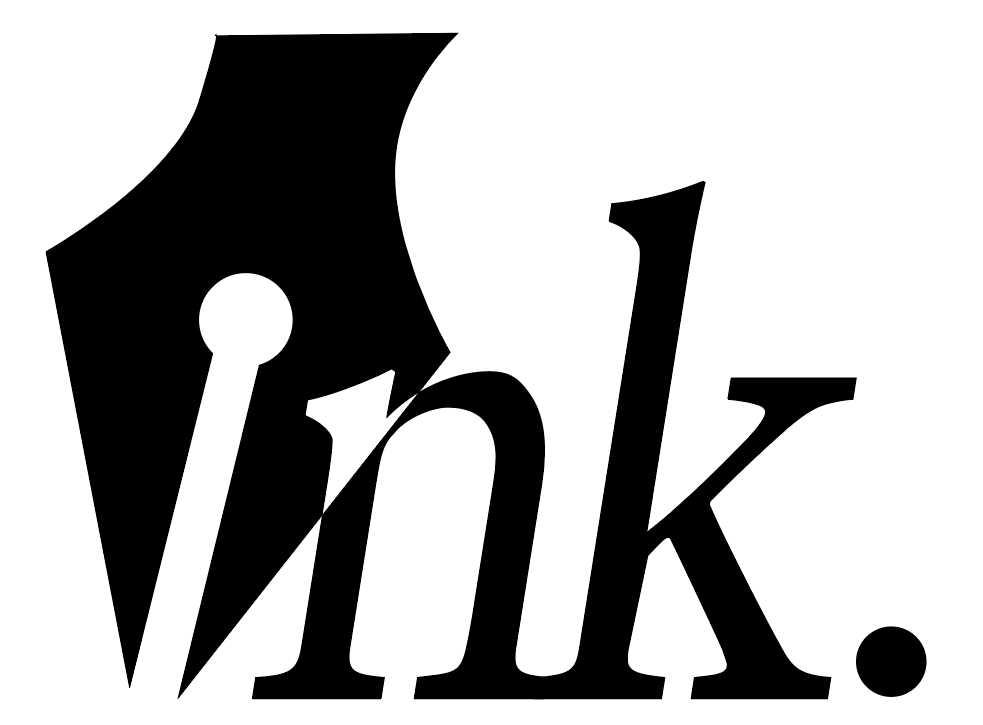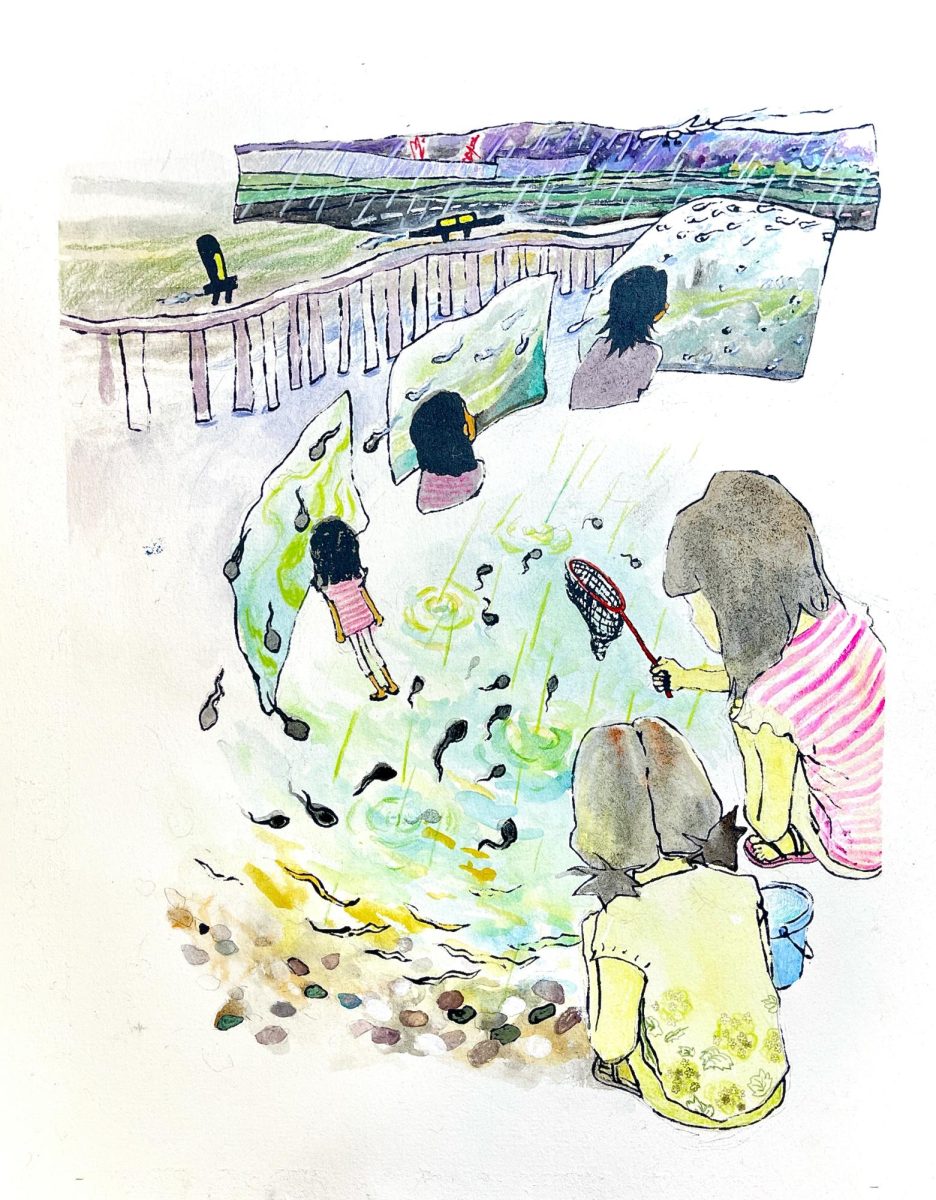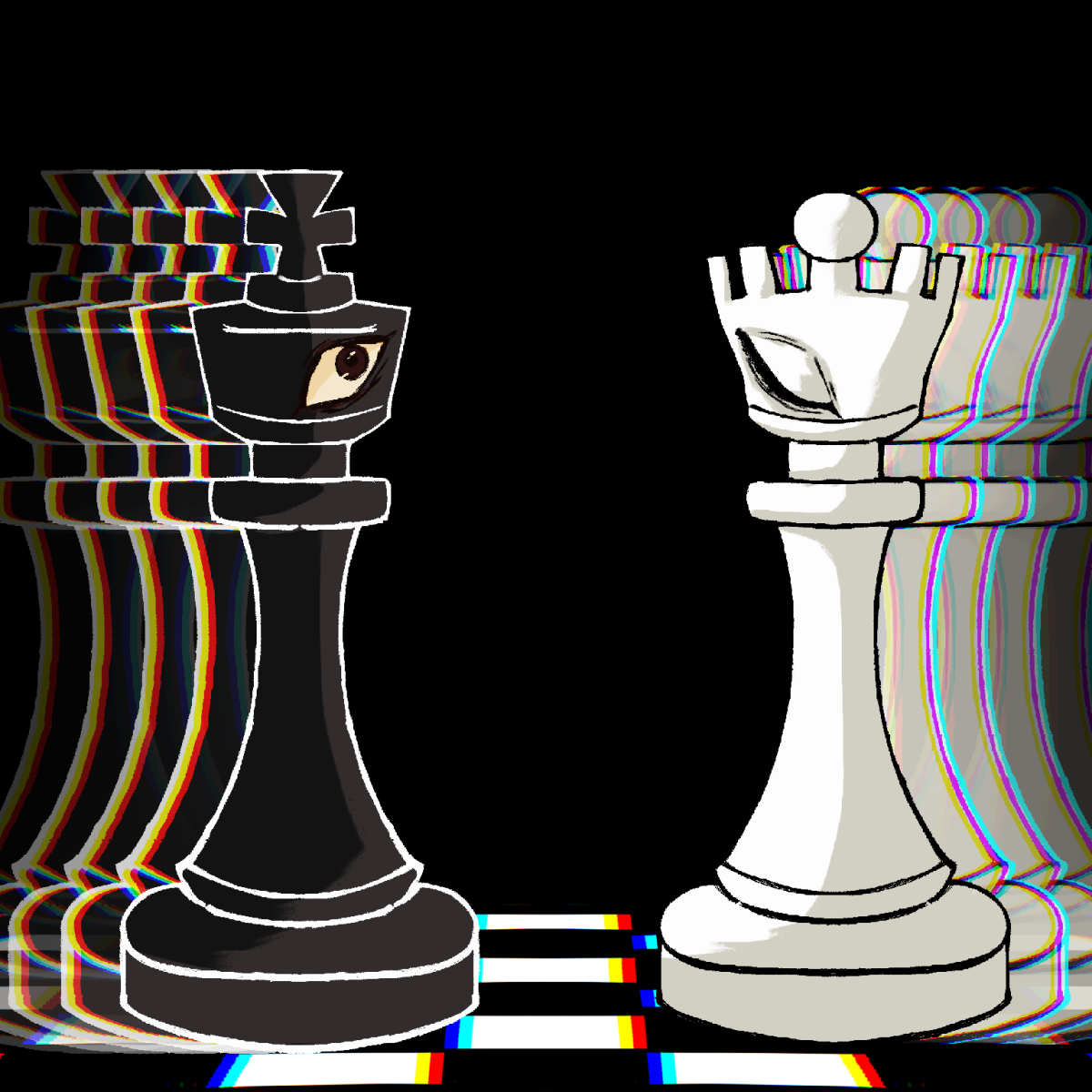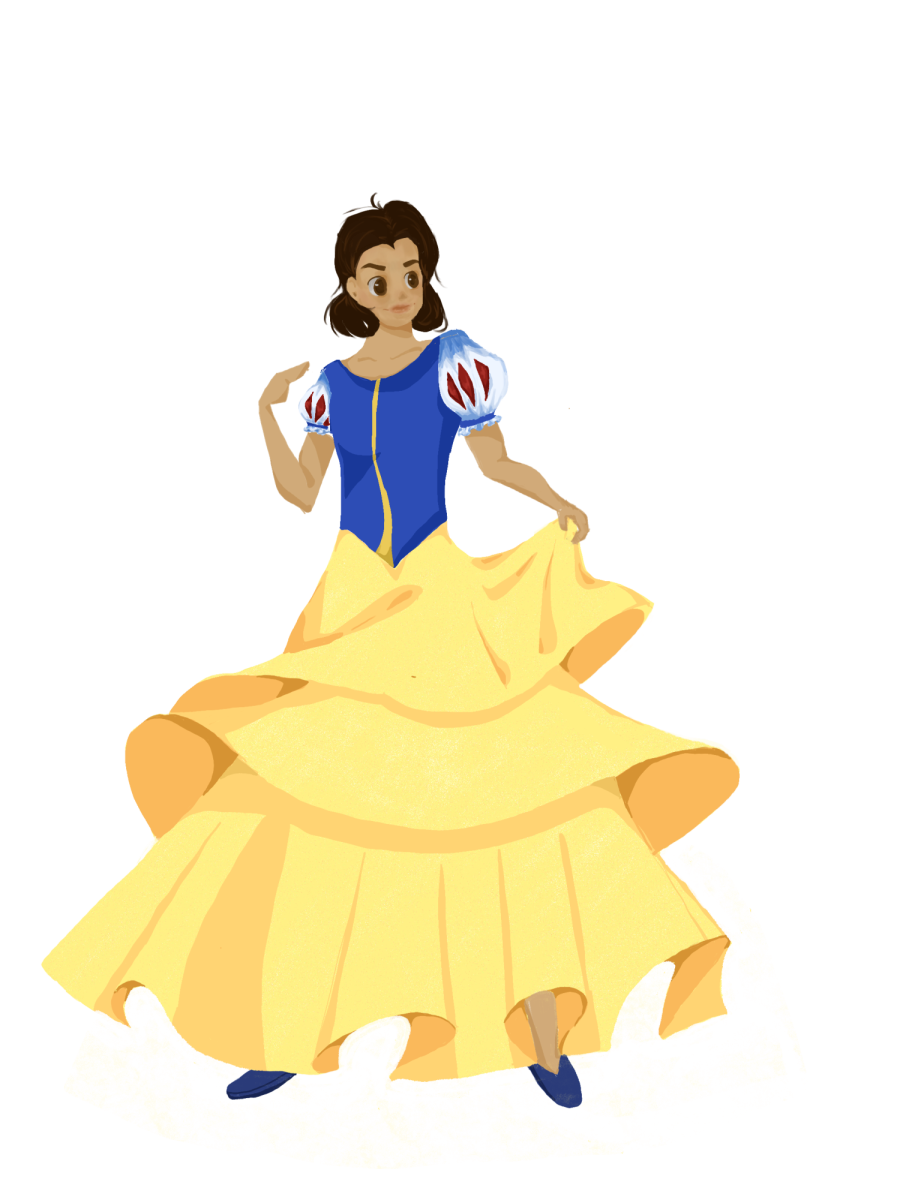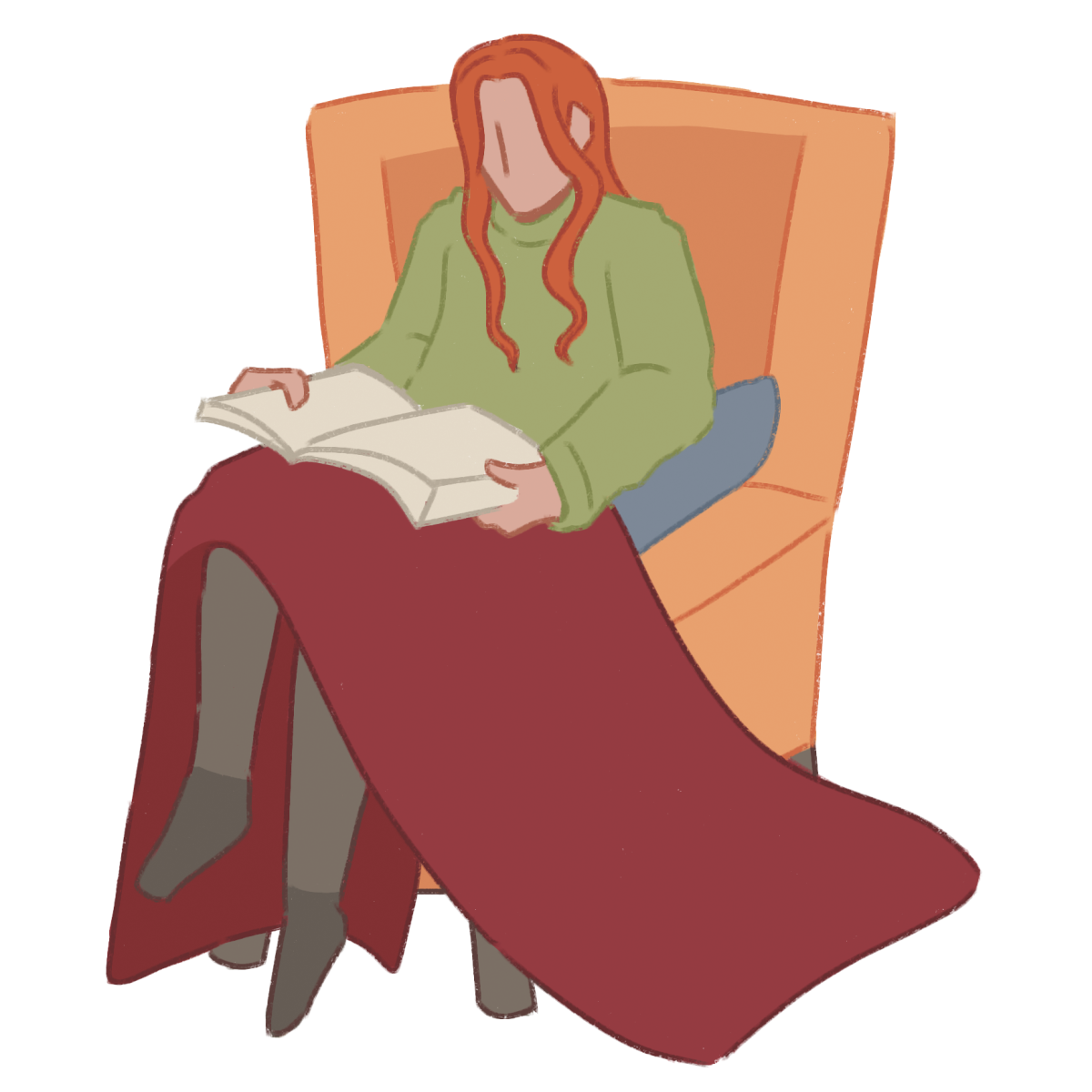I grew up in a house by the library. My summer hours were spent between home and the library doors, a tote bag filled with novels swinging from my hand. Some of my fondest memories involved reading in the living room, cradling a book in my arms as I jumped from world to world.
But as I grew older, I moved away from that literary consolation. When the COVID-19 pandemic hit, I found myself straying from the realm of physical books and moving towards another form of reading – ebooks.
I wasn’t alone in this transition.
According to Forbes, a popular ebook platform, Libby, saw a 30% increase in readership during the pandemic, with 247,000 downloads in just a week. In 2027, the number of global ebooks users is expected to reach 1.1 billion, according to Statista.
New York book forum shows that audiobooks are also becoming popular. Currently the fastest-growing format in book publishing, audiobook listenership is increasing by 15% a year according to NISO, with 270 million people listening to audiobooks on average each month.
As a world increasingly addicted to convenience and digital devices, we are drawn to the benefits that these media stand to offer. Yet, it is because of our digitized world that we must take a step back and embrace print.
I’ll admit that audiobooks are critical to my everyday. Every night, I will play an audiobook nostalgic from my childhood to fall asleep. Or when I’m knitting a new scarf or hat, I’ll try listening to a new book my friend has recommended to me.
But stepping back from digital literature doesn’t have to mean complete disengagement – it can be a gradual integration. While I may listen to an audiobook each night, I have also begun to replace my Kindle with print books. Before I go to bed, I’ll turn on my reading lamp and read a book on psychology, philosophy, business or even a light read — my guilty pleasures are Grace Lin novels and “A Wrinkle in Time”.
Print books can also have benefits to your reading and cognitive function. As reported by Psychology Today, research suggests that reading comprehension is six to eight times better with physical books compared to e-books. This is especially important for reading literacy in children.
There is a certain nostalgia and grounding that comes from print. Even from the start, going to your local library and scanning the shelves, seeing the countless covers and authors which fill your bag to the brim. Then cradling the book in your arms, feeling the weight of the pages shift as you dive deeper. Or even the comforting scent of the worn pages, the occasional pencil annotations in the margins and the odd bookmark left by a previous reader. Each step echoes memories of the past and the story of the book through time.
So the next time you want to read a good book, plug in your Kindle and try old-fashioned print. Go to the library with your friend to share recommendations. Curl up with your favorite latte (or personally a cup of hot tea) and flip through the pages of a physical book. And another. And another.
